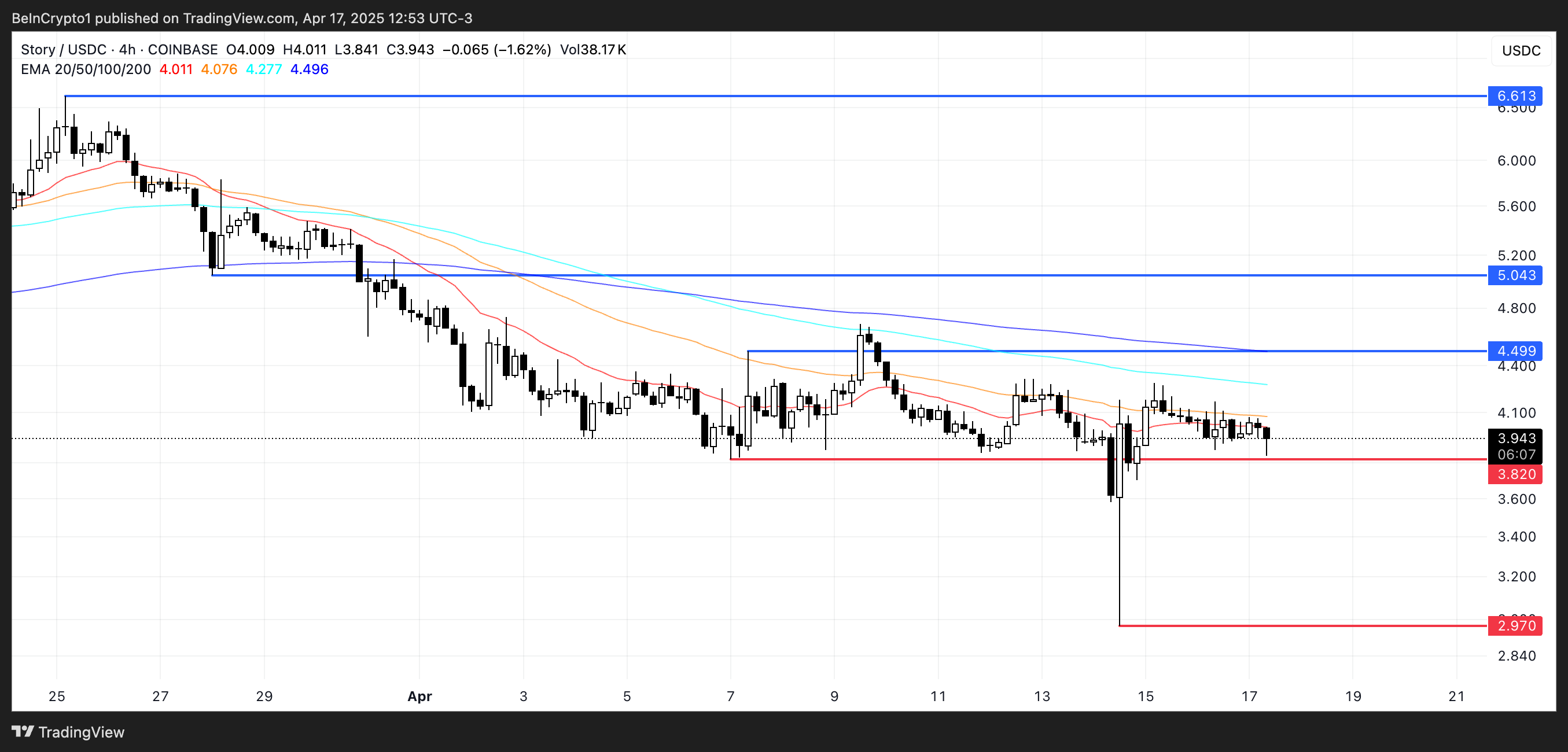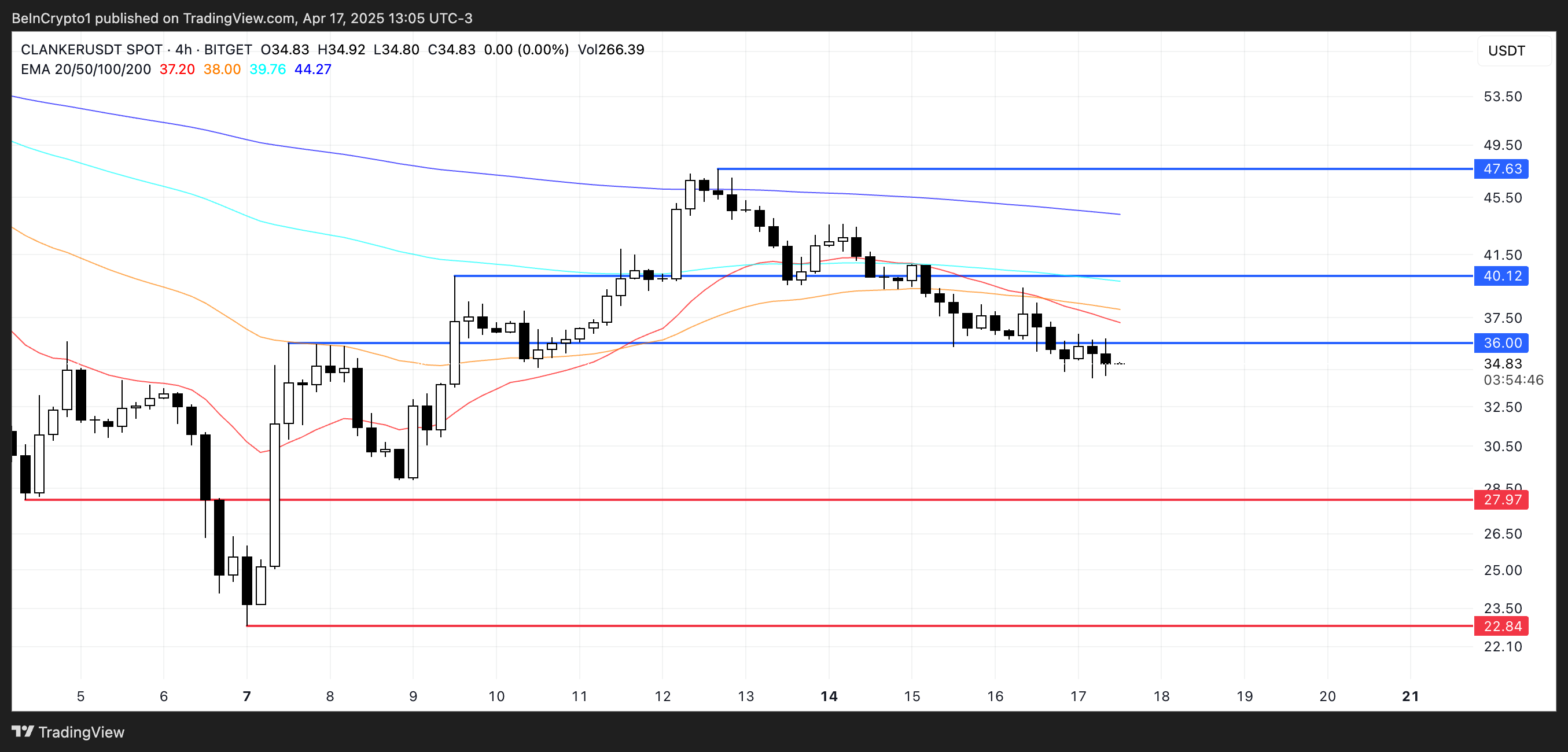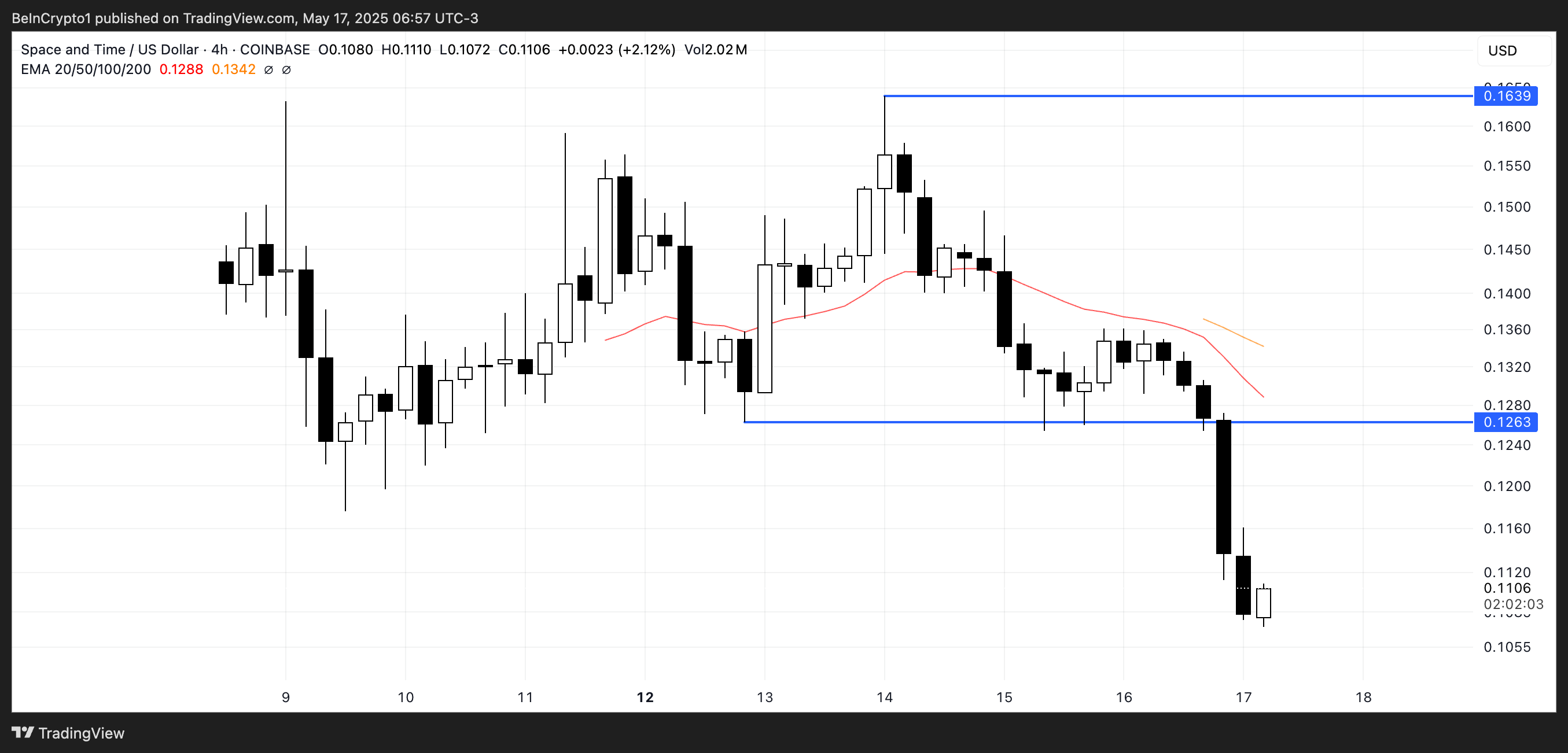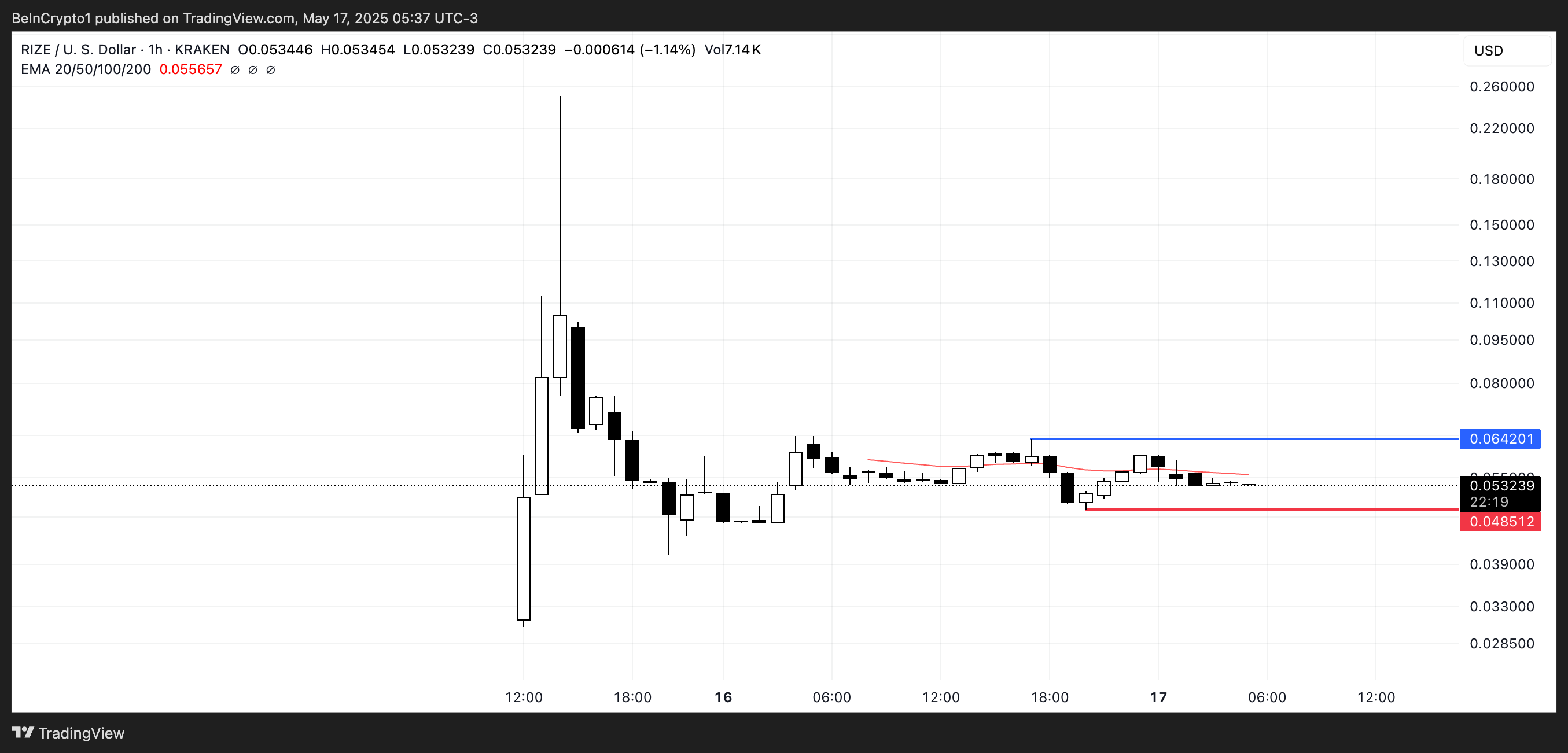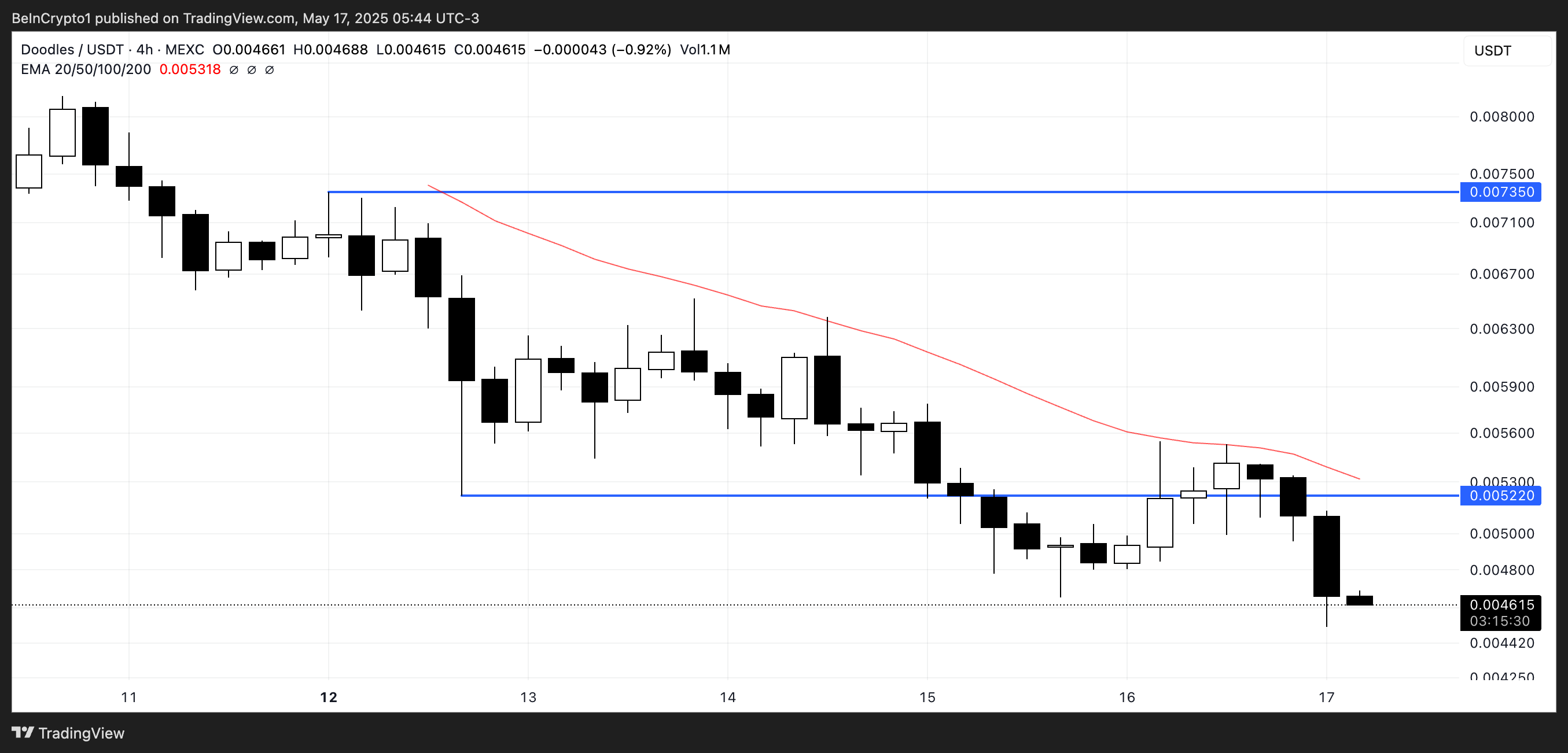West Texas Intermediate (WTI) crude oil prices fell below the $70 mark at Monday’s closing bell, and the downward trend continued into Tuesday as prices hovered around $68. This recent dip places WTI perilously close to its 52-week low of $67.17, signaling a pronounced bearish shift in the market and prompting many traders to steer clear of the commodity.
The current slump marks WTI’s worst performance this month, with prices plummeting nearly 8%. This decline is the steepest since June 2023 when oil prices fell to $71.06 a barrel. As a result, oil has become one of the least performing assets in the commodity markets, with ongoing losses becoming the norm.
Several factors are contributing to this bearish sentiment. Weak economic data from China and reduced oil output from Libya are major contributors to the price decline. Additionally, investor enthusiasm has waned significantly. According to Bloomberg, net long positions in Brent crude oil have plummeted from 99,889 lots to 139,242 lots this month, marking a significant 30% reduction in just ten days. WTI crude has also seen a notable drop, with positions reduced by 62,000 from the previous 125,000 lots.
Traders are increasingly wary, refraining from buying the dips amid concerns of further price declines. “Including the three fuel products, the net long slumped to 121k contracts, the lowest recorded energy exposure since 2011 when ICE began collecting data,” noted Ole Hansen, Head of Commodity Strategy at Saxo Bank.
For a recovery in oil prices, a robust U.S. economy is essential. Analysts at Bank of America argue that current fiscal and monetary policies are not supportive enough to boost domestic demand growth. They suggest that without a significant rebound in economic activity and job creation, oil prices may struggle to regain their footing.
Also Read: Bitcoin Boom Bust: JPMorgan Predicts 15% Drop in Miner Prices Amid Rising Network Hashrate
In summary, WTI crude oil prices are navigating turbulent waters, with bearish trends and reduced investor interest casting a shadow over the market. Unless economic conditions improve markedly, the outlook for oil remains uncertain, leaving many to wonder how long this downturn will persist.






